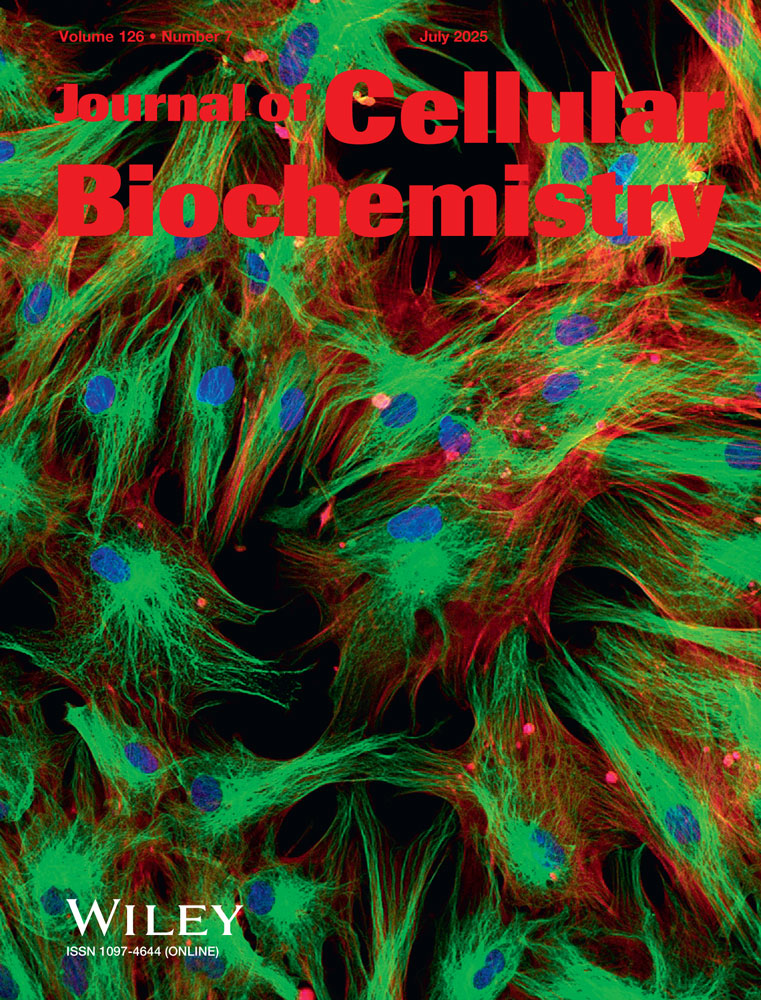Voltage-dependent orientation of membrane proteins
Abstract
In order to study the influence of electrostatic forces on the disposition of proteins in membranes, we have examined the interaction of a receptor protein and of a membrane-active peptide with black lipid membranes. In the first study we show that the hepatic asialoglycoprotein receptor can insert spontaneously into lipid bilayers from the aqueous medium. Under the influence of a trans-positive membrane potential, the receptor, a negatively charged protein, appears to change its disposition with respect to the membrane. In the second study we consider melittin, an amphipathic peptide containing a generally hydrophobic stretch of 19 amino acids followed by a cluster of four positively charged residues at the carboxy terminus. The hydrophobic region contains two positively charged residues. In response to trans-negative electrical potential, melittin appears to assume a transbilayer position.
These findings indicate that electrostatic forces can influence the disposition, and perhaps the orientation, of membrane proteins. Given the inside–negative potential of most or all cells, we would expect transmembrane proteins to have clusters of positively charged residues adjacent to the cytoplasmic ends of their hydrophobic transmembrane segments, and clusters of negatively charged residues just to the extracytoplasmic side. This expectation has been borne out by examination of the few transmembrane proteins for which there is sufficient information on both sequence and orientation. Surface and dipole potentials may similarly affect the orientation of membrane proteins.




